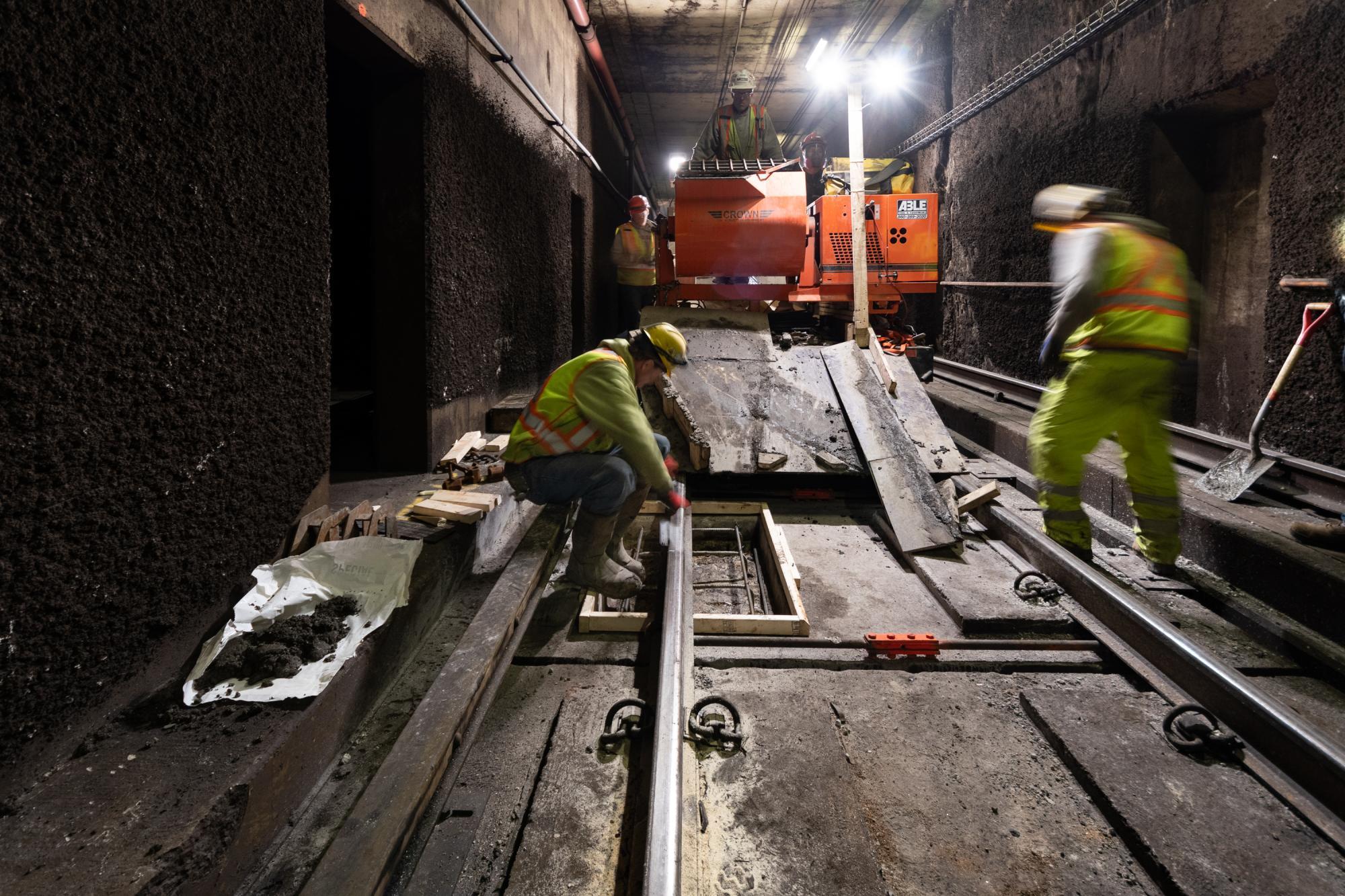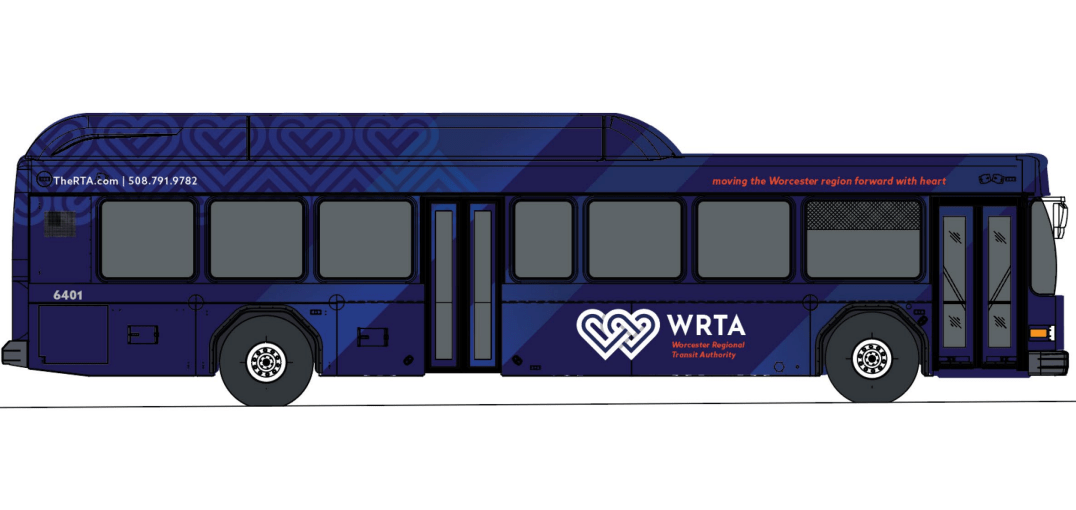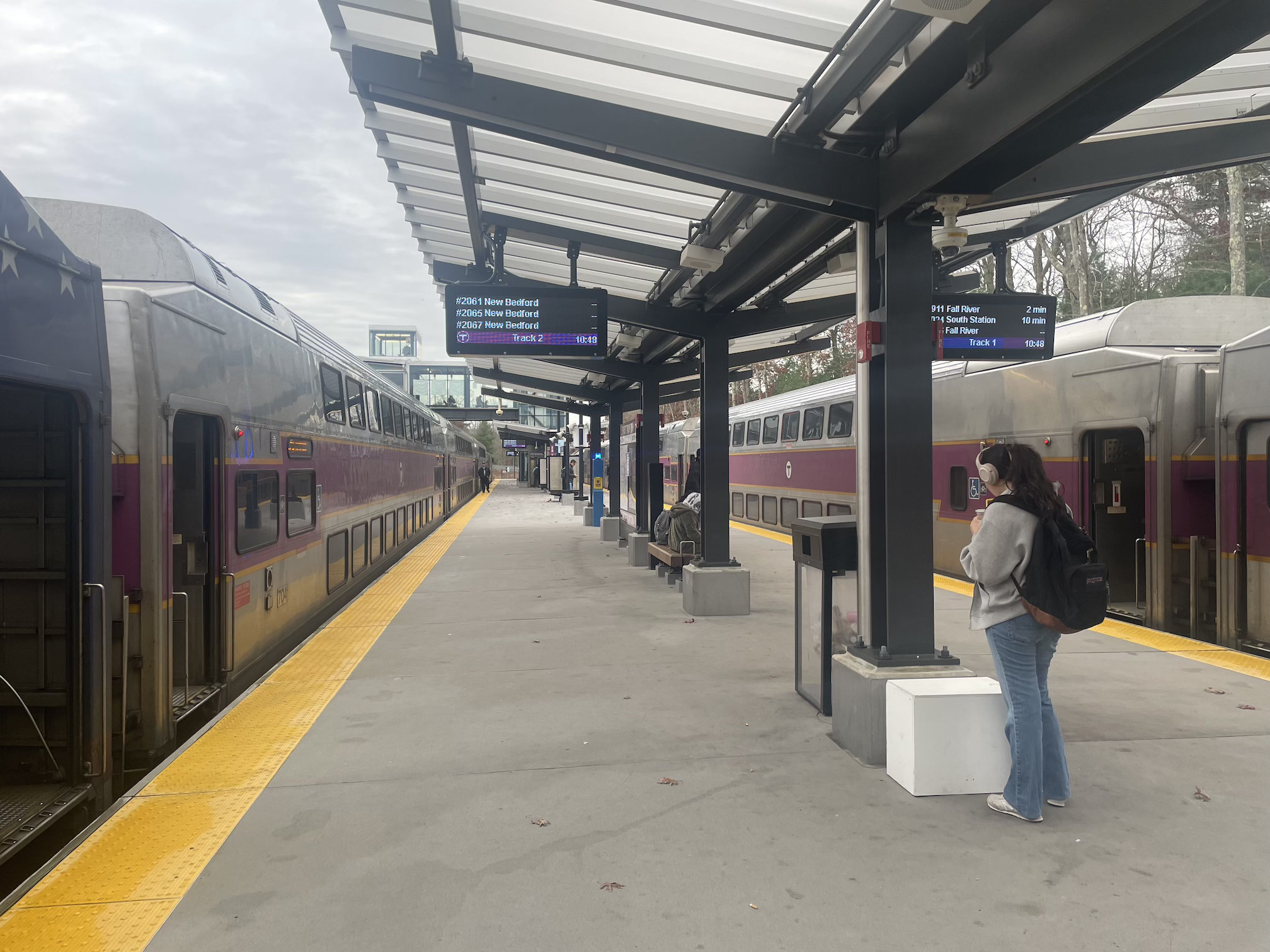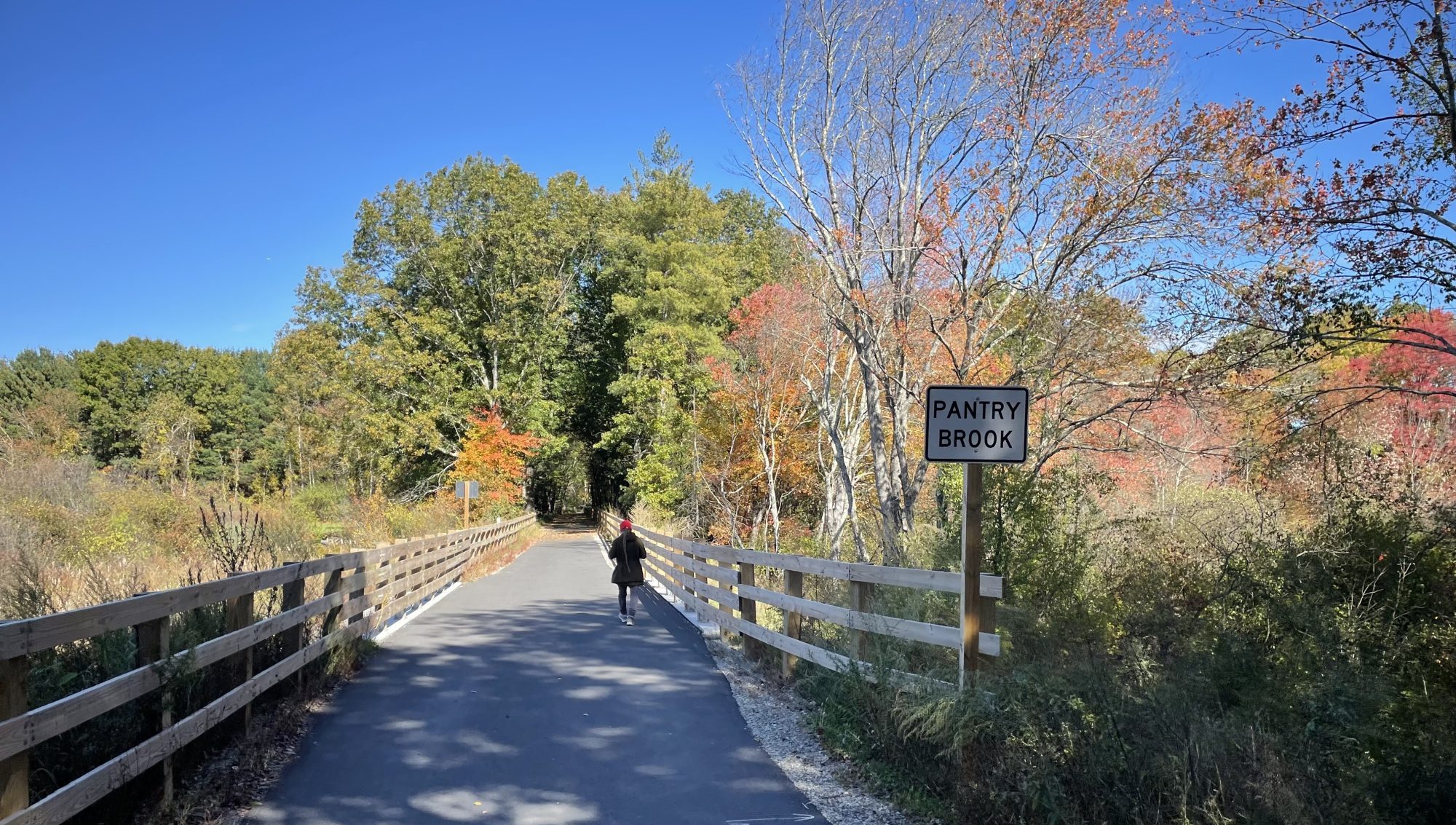On Monday, the MBTA announced plans to construct a new tunnel entrance for large construction equipment near the Alewife Red Line station, with the goal of making future maintenance disruptions shorter – both in time, and in length.
“Improved access for construction vehicles is vital to continuing to maintain our system both cost effectively while mitigating impacts to our riders. This new access point supports repairs and maintenance of the west side of the Red Line. Today, the nearest place to do that is an access area near Charles/MGH,” explained MBTA General Manager and CEO Phillip Eng in a press statement issued on Monday.
“An additional access point in North Cambridge gives our operations team the ability to better serve the public, including the ability to reduce costs associated with alternative service such as shuttle buses through shorter service suspensions, both duration and distance," continued Eng.
According to a T spokesperson, the new access point will be located east of Alewife Brook Parkway on privately-owned land that's part of the IQHQ development. The same developers have also pledged to restore the plaza at the Russell Field entrance to the Alewife Red Line station.
The T will host an online public meeting on Monday, Sept. 30 at 6 p.m. to present details about the project.
New access will simplify logistics for maintenance work
The new access point will let the T and its contractors move "hy-rail" vehicles – modified work trucks that have an extra set of wheels that can operate on railroad tracks – between the surface and the Red Line tunnel.
The current access point for work vehicles near the Charles/MGH station (where the Red Line comes up to the surface to cross the Longfellow Bridge) is roughly 6 miles away from the end of the line at Alewife.
That means that hy-rail drivers bound for work sites on the northern parts of the Red Line have to drive all the way into downtown Boston to get onto the tracks, then drive several more miles underground before they can start working.
With the new tunnel access point near Alewife, the T will be able to do maintenance on the northern parts of the Red Line with fewer station closures, and lower expenditures on fuel, labor, and replacement shuttle services.
According to T officials, the project is in the final stages of design, and construction could begin in 2026 with completion in 2028.
The project has $33 million budgeted in the MBTA's most recent capital improvement plan.






